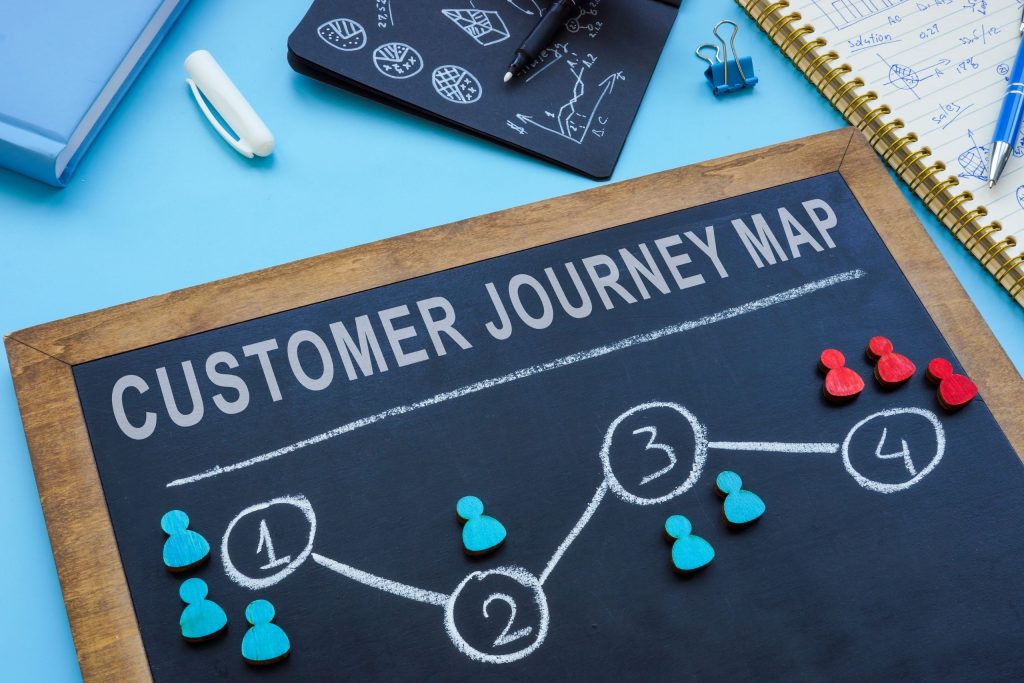A sales funnel is a crucial framework that maps the customer journey, guiding potential buyers from initial awareness to final purchase. Its significance in driving business growth cannot be overstated; an effective funnel not only attracts leads but also nurtures them, fostering brand loyalty along the way. This systematic approach helps businesses identify key touchpoints where they can engage customers, address their needs, and enhance their overall experience.
By focusing on the various stages of the funnel—from awareness to consideration and ultimately decision—businesses can create tailored strategies that optimize conversions. Each step plays a pivotal role in filtering prospects, ensuring that those who reach the final stage are not only more likely to purchase but are also more inclined to return as loyal customers.
This introduction aims to outline the essential steps to construct a sales funnel that maximizes conversions, helping businesses harness their full potential for sustainable growth.
Attracting the Right Audience with Targeted Content
Attracting the right audience begins with a deep understanding of their needs and pain points. By identifying the desires and challenges of the target audience, businesses can create content that resonates effectively. This approach ensures that the content addresses specific issues, leading to increased engagement and loyalty.
Creating compelling content across various platforms—such as blogs, social media, and videos—requires a focus on audience-centric themes. Crafting informative and relatable narratives enables brands to connect on a personal level. Visuals, storytelling, and interactive elements can further enhance engagement, ensuring that the audience feels seen and heard.
Search Engine Optimization (SEO) plays a crucial role in attracting the right audience. By optimizing content for relevant keywords, brands increase the likelihood of appearing in search engine results, driving organic traffic. Additionally, paid advertising can strategically place content in front of targeted demographics, enhancing visibility at the top of the sales funnel.
In summary, understanding the target audience and crafting tailored content, complemented by strong SEO and targeted paid ads, creates a powerful strategy for attracting the right audience. This results in meaningful connections and drives business growth.

Capturing Leads with an Irresistible Offer
Capturing leads with an irresistible offer is a crucial strategy for businesses looking to grow their audience and convert potential customers. Lead magnets, such as free e-books, checklists, webinars, or discounts, serve as effective tools to attract interest. These offers should provide immediate and tangible value, addressing the specific needs or pain points of the target audience. For instance, a free e-book can educate users on a relevant topic, while a checklist simplifies a task, encouraging engagement.
Creating compelling offers involves understanding the audience’s desires and presenting solutions that resonate with them. It’s essential to clearly communicate the benefits and make the offer easily accessible.
A well-designed landing page plays a key role in this process. The landing page should be visually appealing and focused on the offer, eliminating distractions that might deter sign-ups. Including a simple form with minimal fields encourages visitors to provide their email information without feeling overwhelmed. By optimizing both the offer and the landing page, businesses can effectively increase their lead capture rate and build a valuable mailing list.
Nurturing Leads through Email Sequences
Automated email sequences play a crucial role in nurturing leads by keeping them engaged and informed throughout their buyer’s journey. These sequences are designed to build relationships over time, providing timely information that addresses leads’ needs and preferences.
To create value-driven content, marketers should focus on answering common questions and resolving objections. This involves researching common industry concerns and crafting emails that provide actionable solutions or insights. By delivering valuable information, marketers position themselves as trusted resources, enhancing the likelihood of conversion.
Incorporating strategic calls-to-action (CTAs) is essential for guiding leads toward making a purchase. CTAs should be clear and compelling, prompting leads to take specific actions such as scheduling a demo, signing up for a webinar, or exploring product offerings. Using varied CTAs throughout the email sequence can help maintain interest while promoting engagement.
A well-structured automated email sequence that prioritizes value-driven content and strategically placed CTAs can significantly enhance lead nurturing efforts, ultimately leading to higher conversion rates and stronger customer relationships.
Converting Leads with a Strong Sales Offer
To convert leads with a strong sales offer, clarity and simplicity are paramount. The offer should be presented in a straightforward manner, focusing on its key benefits to the customer. Using clear language that highlights the value proposition makes it easier for potential buyers to comprehend. Including a sense of urgency, such as limited-time offers, can further enhance the appeal.
Testimonials, case studies, and product demos serve as powerful tools for building credibility. Genuine testimonials from satisfied customers can create trust, allowing new buyers to envision their positive experience. Case studies provide concrete examples of success, illustrating real-world applications and outcomes of the product. Product demos visually showcase the offer’s features and advantages, helping customers perceive its utility firsthand.
Optimizing the checkout process is crucial for reducing cart abandonment. A seamless, user-friendly checkout experience keeps customers engaged until the purchase is completed. Implementing features like guest checkout, minimal form fields, and multiple payment options can significantly enhance user satisfaction. By streamlining the process, businesses can increase conversion rates and ultimately grow their sales.

Conclusion
Building a high-converting sales funnel involves several key steps that significantly contribute to business growth. First, one must identify the target audience, ensuring the marketing message resonates with potential customers. Next, creating compelling content that addresses the audience’s pain points effectively captures their attention. This is followed by optimizing landing pages for conversions, utilizing clear calls-to-action, and implementing lead magnets to encourage sign-ups. Regular analysis of the funnel’s performance, including A/B testing and conversion tracking, is crucial for ongoing improvements to maximize effectiveness. By monitoring and refining each stage of the funnel, businesses can identify what works and what doesn’t, enhancing the overall customer journey. A well-crafted sales funnel not only drives consistent sales but also fosters strong customer relationships, as it guides potential customers through their buying journey while providing value and support. Through strategic planning and continual refinement, companies can cultivate a robust sales funnel that promotes long-term success and loyalty.
